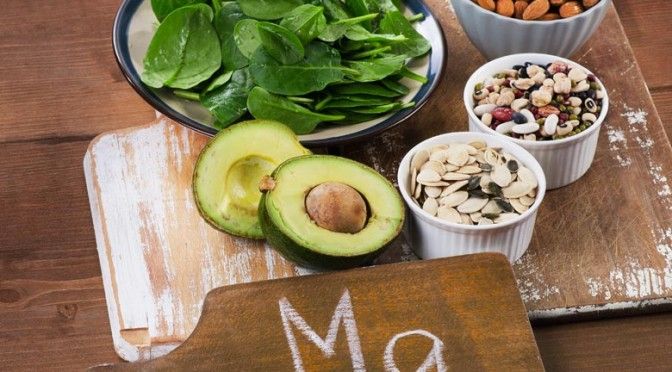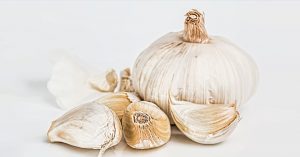
Going by the number of letters I have received in connection with cholesterol and diet, it seems that almost everyone above the age of 35 years is suffering from raised blood lipids.
Cholesterol: The Global Epidemic
Almost everyone has clogging arteries, chromium and zinc deficiencies, which can lead to diabetes. If you have a liver that does not function optimally, a high body fat percentage, low levels of essential nutrients, decaying teeth, bone degeneration, it isn’t something that has happened today that has caused your health to suddenly deteriorate. It is the result of years of unhealthy eating, over work, poor stress management, destructive habits like tobacco and alcohol and poor nutrient intake.
Most people suffering from heart disease show a high heart risk ratio. That is the cholesterol / HDL ratio. This ratio does not only increases the coronary risk but also leads to insulin resistance and type II diabetes and even depresses the immune system. Low levels of the good cholesterol – HDL are mainly due to excessive intake of refined vegetable oils which are rich in omega-6 fatty acids. The ideal ratio of omega-6 to omega-3 fatty acid should be 4:1. Our Indian diet contains all the omega-6 required by our body (without the addition of any oil in cooking). The invisible fat present in cereals, grains, vegetables, dals ensures at least 10-15gms per day of omega-6 fatty acids without adding oil in cooking. Now what we need is omega-3 to maintain the ratio of 4:1. Foods rich in omega-3 fatty acids are fish, almonds, walnuts, soybeans, which are not commonly eaten. Consequently, the diet gets deficient in omega-3 fatty acid.
Furthermore, all of us do add 30-35gms of refined vegetable oil in cooking which contains additional omega-6 fatty acid, further disrupting the ratio of omega-6 to omega-3. This leads to evaluated triglycerides, and low levels of HDL (good cholesterol) & a high heart risk ratio. Low HDL values pose a greater threat than high cholesterol levels.
How to Increase Good Cholesterol Levels
The only way to increase HDL levels is to consume foods rich in omega-3 fatty acids namely walnuts, almonds, fish, soybean, flaxseed oil, canola oil, olive oil etc. and reduce consumption of refined vegetable oils high in PUFA. This would normalize the ratio of omega-6 to omega-3 and prevent a whole range of degenerative diseases like diabetes, cancer and heart disease. Monounsaturated fats present in til seeds, mustard seeds & groundnuts are preferable to oils rich in PUFA as monounsaturated fatty acids are neutral to the blood lipids & do not lower the good HDL cholesterol.
The problem is that we get far too much omega-6 (found in refined vegetable oils) and too little omega-3 (found in fish, almonds, walnuts etc.). Take the example of Eskimos who are known for their low rates of chronic diseases. They eat a lot of seafood & thereby consume more omega-3 fats, which are heart friendly. When our bodies evolved long ago they are nourished by lots of omega-3 fatty acids in the form of raw nuts like groundnuts, walnuts, almonds, sesame seeds, fruits, berries, vegetables, and seafood. Now with the invention of processed vegetable oils, the ratio is upside down leading to multiple diseases.
Foods to Lower Cholesterol
- Fish
- Garlic
- Nuts
- Green Tea
- Barley
Fish
One of the best good cholesterol foods you can add to your diet is fish. Found in a variety of fish, Omega-3 fatty acids naturally lower cholesterol.
Garlic
It is well known for its uses in seasoning. However, garlic also has antioxidant properties which help prevent bad cholesterol from oxidizing.It also raises HDL levels and aids in keeping our arteries clear and healthy
Nuts
Brazil nuts, almonds, groundnuts, hazelnuts, and walnuts compliment many dishes. However, having too much salt on them is unhealthy. Try choosing roasted nuts without added flavour. Nuts are rich in polyunsaturated fatty acids, which is an important component and helps reduce bad cholesterol.
Green Tea
The antioxidant and polyphenols present in green tea help block the absorption of bad cholesterol into our system.
Barley
It is a great source of beta-glucan (β-glucan), a viscous soluble fibre which has been shown to have similar cholesterol lowering properties to oats.
Important Diet Tips to Manage Cholesterol
- If all this sounds confusing to you just refer to the tips below if you want to improve the heart-risk ratio.
- Increase consumption of fish like Mackerel, Surmai, Tuna, Bhetki, Sardines etc.
- Eating raw onions increases HDL-good cholesterol.
- Avocados have the same type of fat in them as almonds and olives. Eat ½ to 1 avocado per day to reduce cholesterol and LDL levels. Avocado’s also protect the arteries against oxidative damage.
- Eat 3-4 cloves of chopped garlic every day.
- Eat foods like capsicum, cauliflower, oranges, carrots, spinach etc. These are rich in vitamin A & C.
- A glass of red wine daily can boost HDL levels. But if you are not in the habit of consuming alcohol do not start just for this. Black grapes juice works just as well.
- Consume more almonds & walnuts as they contain omega-3 fatty acids.
- Use olive oil mainly.
- Exercise helps to raise HDL levels. A brisk walk for about 45 minutes, 5 days a week is recommended.
- Eating more soluble fibre helps reduce cholesterol. Soluble fibre is found in oat-bran, whole dals, whole grains, all vegetables and all fruits.
If you are suffering from any other medical problem or are under any medication then please ask your doctor before attempting any diet. So feel free to contact us on our toll-free number ![]() 1-800-843-0206 to talk with our medical experts today.
1-800-843-0206 to talk with our medical experts today.

